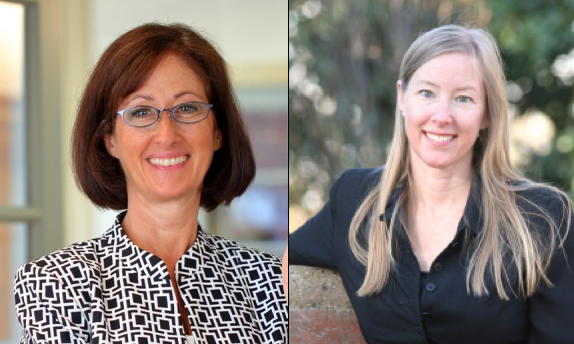
Among the major shifts impacting university campuses, the coming wave of renovations cannot be overlooked. Renovations to existing campus facilities will become more common than constructing new buildings.
A number of factors will contribute to this transition, including cost and feasibility, but at the most basic level, there’s only so much available land for new construction on campus.
An equally important consideration for the rise in a renovation is sustainability. Updating an existing building has a much lower carbon impact than constructing a new facility. Many universities are choosing renovation as part of the American College and University Presidents’ 2030 Climate Commitment for more sustainable campuses.
Renovation isn’t just about being more environmentally friendly, either. Renovated spaces can help reimagine a part of campus previously underutilized, and often at significantly less cost than building new. For example, a step as relatively simple as adding a cafÁ© to an existing academic building or student life facility can transform that building and create a hub of activity.
Recognizing the trend toward more renovation projects on campus, there are three crucial questions university administrators must be prepared to ask before those projects begin.
How will this renovation benefit our campus?
This question may seem obvious, but it gets to the foundation of any significant investment on campus. Renovations must be considered from multiple perspectives. For example, updating a building’s infrastructure on the mechanical level is vital. For academic buildings, considering how renovated space meets current pedagogical standards is just as important.
When renovating a historic facility, special consideration should be given to the value of the building’s architecture and how it enhances the broader campus.
The lecture-oriented classroom design that dominated for decades has given way to active learning. Schools are incorporating the “flipped classroom,” where students listen to lectures outside of class and then classroom settings are focused on discussion and group work. Understanding the evolving nature of pedagogy is key to avoid renovations that reinforce obsolete styles of learning and thus are dated as soon as they’re complete.
Does this renovation address technology needs today and tomorrow?
As technology continues its rapid evolution, universities would be wise to consider current and future technology needs. Managing and visualizing data will be increasingly important in the classroom, so renovation plans should support virtual reality and augmented reality.
Even if those features aren’t included immediately, the renovation can be designed to anticipate future needs. Interior design and furniture selections are another area to consider with technology.
Creating spaces that can be easily rearranged to encourage collaboration also should be incorporated into campus buildings. Don’t forget about hard spaces and surfaces. A good rule of thumb is about two-thirds of a renovated area should have hard spaces, including furniture with hard, stable tops. Universities should prioritize connectivity with multiple data ports and charging outlets.
James Madison University’s recent Madison Hall renovation offers a prime example. Before its renovation, the building’s graduate student lounge was a large space with lots of light, but its usefulness was diminished due to outdated finishes, few outlets and little technology.
Post-renovation, the lounge boasts smart TVs, interactive whiteboards, dedicated workstations and an abundance of outlets and data ports. Furniture can be easily moved to create spontaneous and collaborative spaces. This example highlights how renovations can transform existing space to meet the modern technological and pedagogical needs of students, faculty, and staff.
What historic considerations must we evaluate?
Fifty years is the commonly accepted marker for when a building is considered historic. Given the age of facilities at many colleges and universities, future renovations will impact an increasing number of historic buildings. When renovating a historic facility, special consideration should be given to the value of the building’s architecture and how it enhances the broader campus.
In some states, such as Virginia and Florida, schools must secure an opinion from the state’s Department of Historic Resources before exterior renovations of many publicly owned historic buildings. Consideration should also be given to the degree of historic integrity for the renovation. One benefit of renovating historic buildings is the potential for historic rehabilitation tax credits offered by some states when a project is completed in accordance with the Secretary of the Interior’s Standards for Rehabilitation
Read: Linking the past with the future through architecture
Breathing new life into historic or obsolete structures delivers environmental, financial and cultural stewardship. Conducting the proper due diligence in advance of any renovation is highly recommended, and planning studies are helpful in identifying suitable uses and confirming the feasibility of renovating a structure to address modern academic needs.
Whatever the motivation for a specific university, renovation is an increasingly popular decision to improve campus facilities. As administrators consider renovation projects, these questions should help guide early discussions and ensure a renovation positively impacts a campus for many years.
Lori Garrett, FAIA, is a Senior Principal and Vice President at GlavÁ© & Holmes Architecture in Richmond, VA. As director of the firm’s Higher Education Studio, Lori oversees the design direction of higher education projects. Susan Reed, AIA, NCARB is an Associate with the firm and specializes in historic renovation on university campuses. Lori can be contacted at [email protected]. Susan can be contacted at [email protected].

